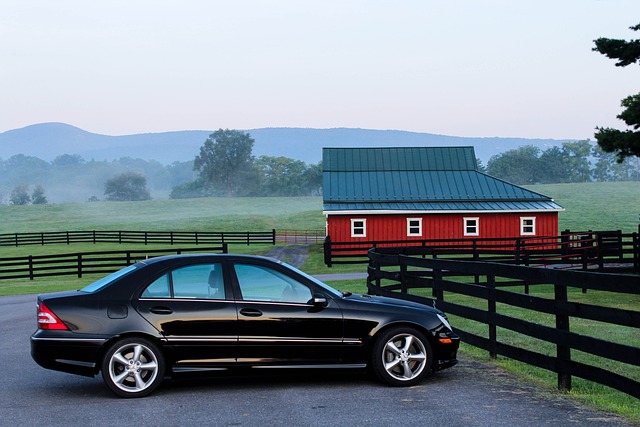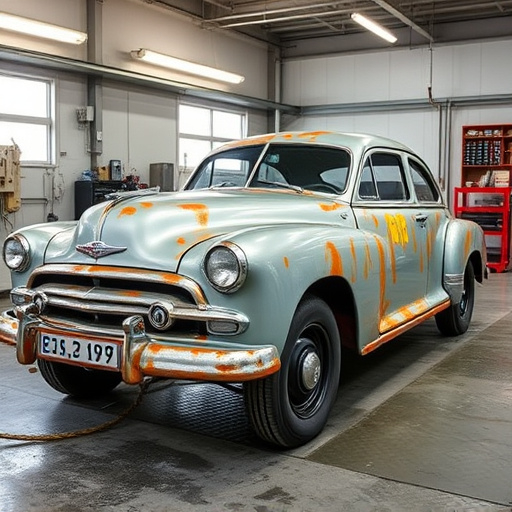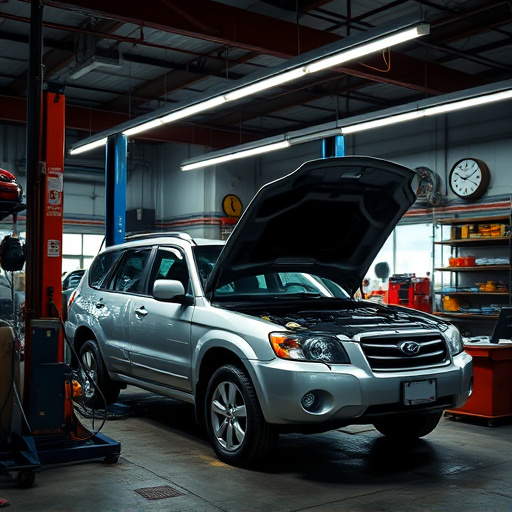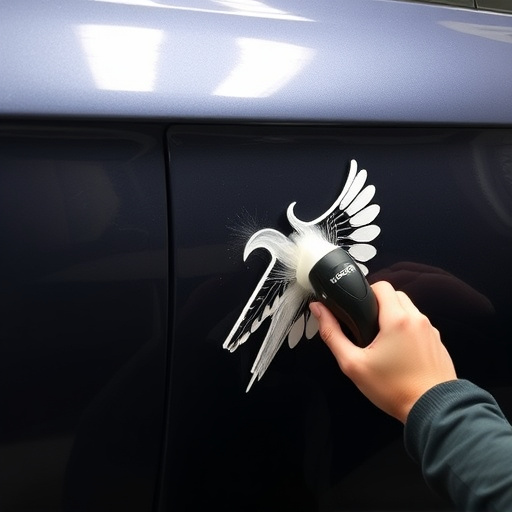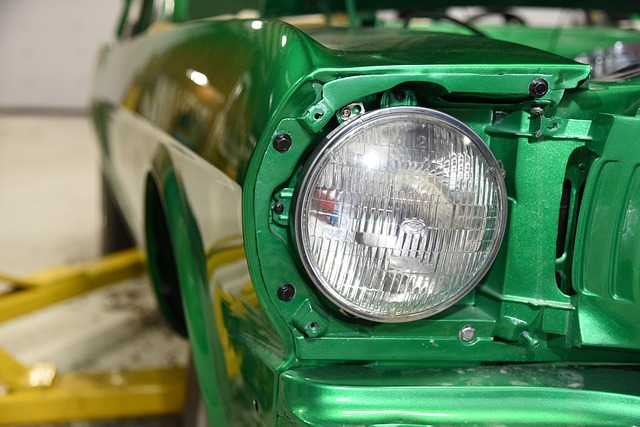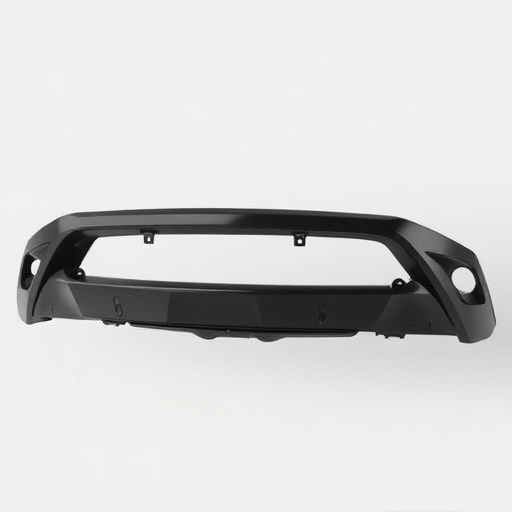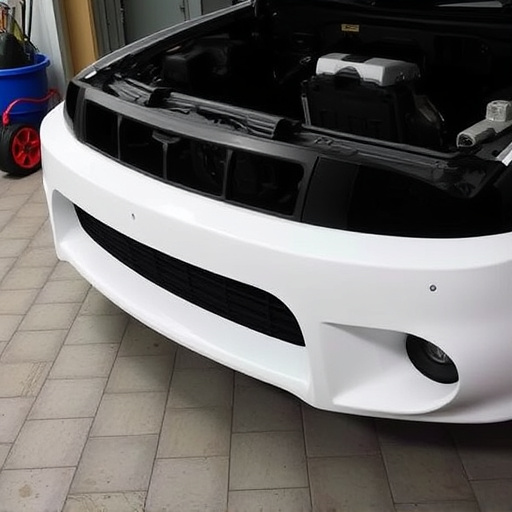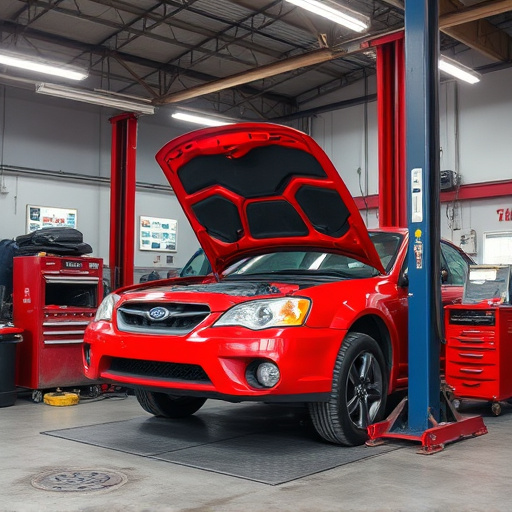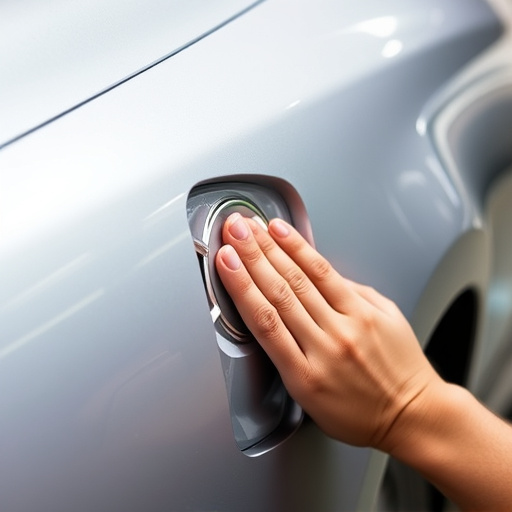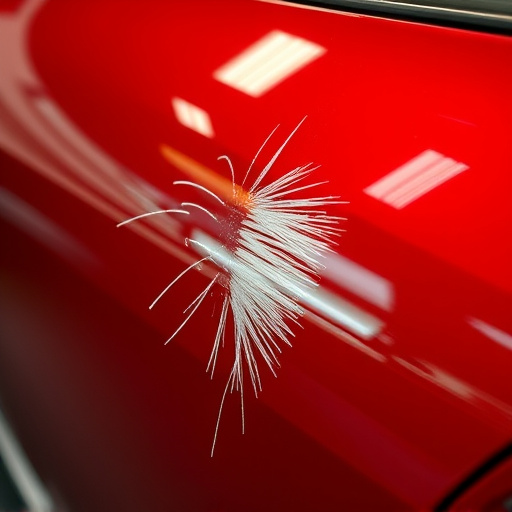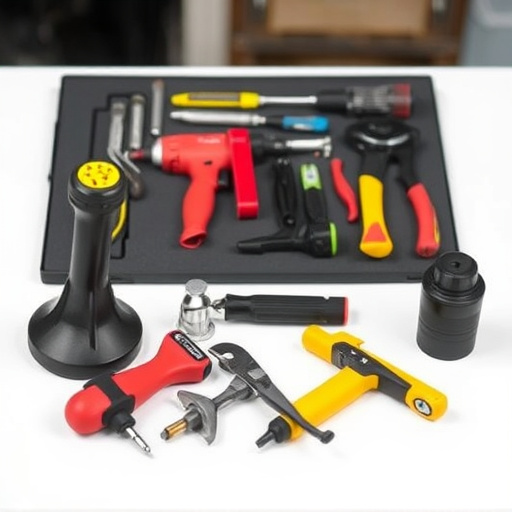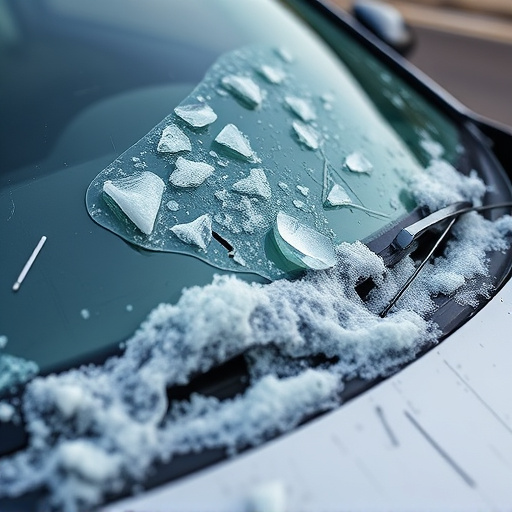Advanced welding techniques like TIG, MIG, laser, and robotic welding offer precise, robust bonding for diverse materials in automotive, aerospace, and fine art industries. These methods demand skilled understanding of heat input, gas composition, and electrode selection, ensuring superior joint quality and aesthetic restoration in car body repairs. Safety protocols, including PPE, ventilation, and equipment maintenance, are crucial for accident prevention and worker safety during these advanced welding processes.
Dive into the world of advanced welding techniques, a game-changer in modern manufacturing. This comprehensive guide explores key concepts, unravels common techniques like TIG and laser welding, and illuminates essential safety measures. Whether you’re a seasoned welder or an enthusiastic beginner, understanding these advanced methods is crucial for precision, efficiency, and safety in diverse applications. Uncover the secrets that empower professionals to create strong, intricate bonds.
- Exploring Key Concepts of Advanced Welding
- Common Advanced Welding Techniques Explained
- Essential Safety Measures for Advanced Welding Procedures
Exploring Key Concepts of Advanced Welding
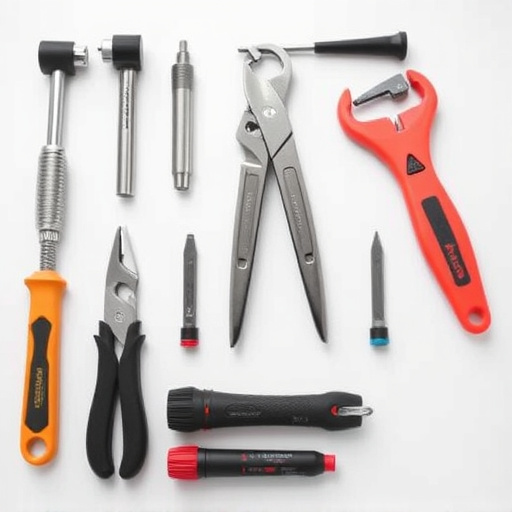
Advanced welding techniques are a fascinating realm that goes beyond traditional joining methods. Exploring key concepts like TIG (Tungsten Inert Gas) and MIG (Metal Inert Gas) welding, professionals can achieve precise, robust bonds in various materials, from steel to aluminum. These techniques require a deeper understanding of heat input, gas composition, and electrode selection, enabling artisans to create seamless joints crucial for industries such as automotive, aerospace, and even fine art.
In the context of vehicle paint repair and car body restoration, advanced welding plays a pivotal role in ensuring structural integrity without compromising aesthetics. Techniques like laser welding offer exceptional precision for intricate dent repairs, preserving the original finish and shape. By mastering these advanced methods, welders can contribute to the transformation of damaged vehicles into meticulously restored masterpieces, showcasing not just technical proficiency but artistic prowess as well.
Common Advanced Welding Techniques Explained
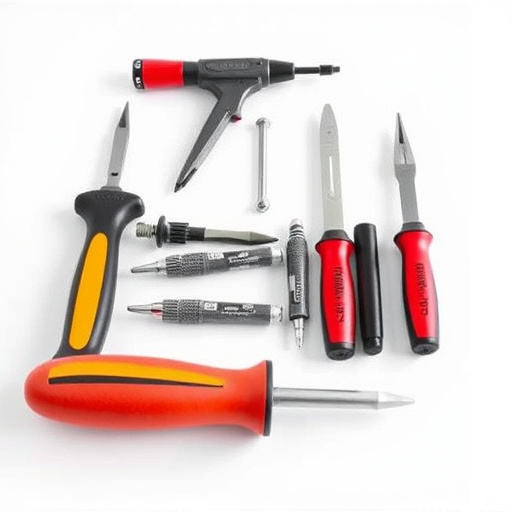
Advanced welding techniques have revolutionized various industries, including automotive repairs where they’re crucial for collision center and car damage repair. These innovative methods go beyond traditional arc welding and offer precise, efficient solutions for complex joint configurations. One such technique is laser welding, which employs a high-energy beam to melt metal, creating strong, narrow joints with minimal heat input and material distortion, ideal for intricate components.
Another notable method is robotic welding, where pre-programmed robots perform precise welds with consistent quality. This is particularly beneficial for fleet repair services, allowing for rapid, repeatable repairs on multiple vehicles. Advanced techniques also include TIG (Tungsten Inert Gas) welding, which facilitates strong, clean welds on a variety of metals, and laser-hybrid welding, combining the precision of lasers with the strength of TIG welding.
Essential Safety Measures for Advanced Welding Procedures
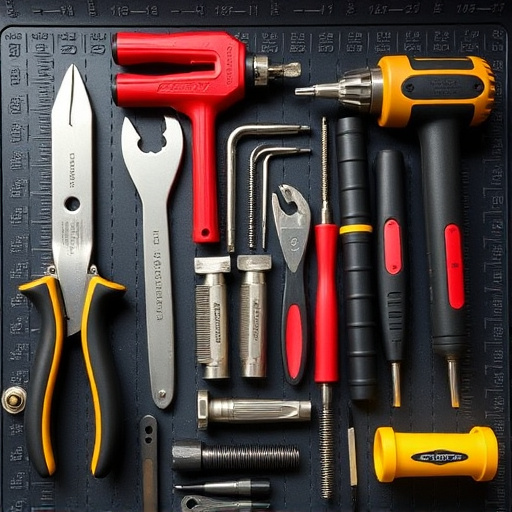
When engaging in advanced welding techniques, safety should never be overlooked or downplayed. These intricate procedures often involve high heat, powerful equipment, and potentially hazardous materials. Therefore, professionals in the field must adhere to stringent safety protocols to mitigate risks. Personal protective equipment (PPE), including specialized clothing, gloves, eye protection, and respiratory masks, is non-negotiable. Additionally, ensuring proper ventilation and using fire suppression systems are vital measures to prevent accidents. Regular maintenance and inspection of welding gear, such as torches and machines, are also essential to avoid malfunctions that could lead to serious injuries or structural damage.
For auto body services and bodywork repairs that involve advanced welding techniques, understanding these safety precautions is paramount. Dent removal, for instance, while seemingly simple, requires precise and careful application of heat and pressure. Professional technicians are trained to handle such processes safely, ensuring minimal risk to themselves and the integrity of the vehicle’s structure. By prioritizing these essential safety measures, individuals involved in advanced welding procedures can create robust, long-lasting bonds while maintaining a secure work environment.
Mastering advanced welding techniques requires a solid grasp of key concepts, familiarity with various procedures, and strict adherence to safety protocols. By understanding the fundamentals outlined in this article—from exploring essential concepts to adopting safe practices—welders can confidently navigate complex projects, ensuring high-quality results and enhancing their professional capabilities in the realm of advanced welding.
